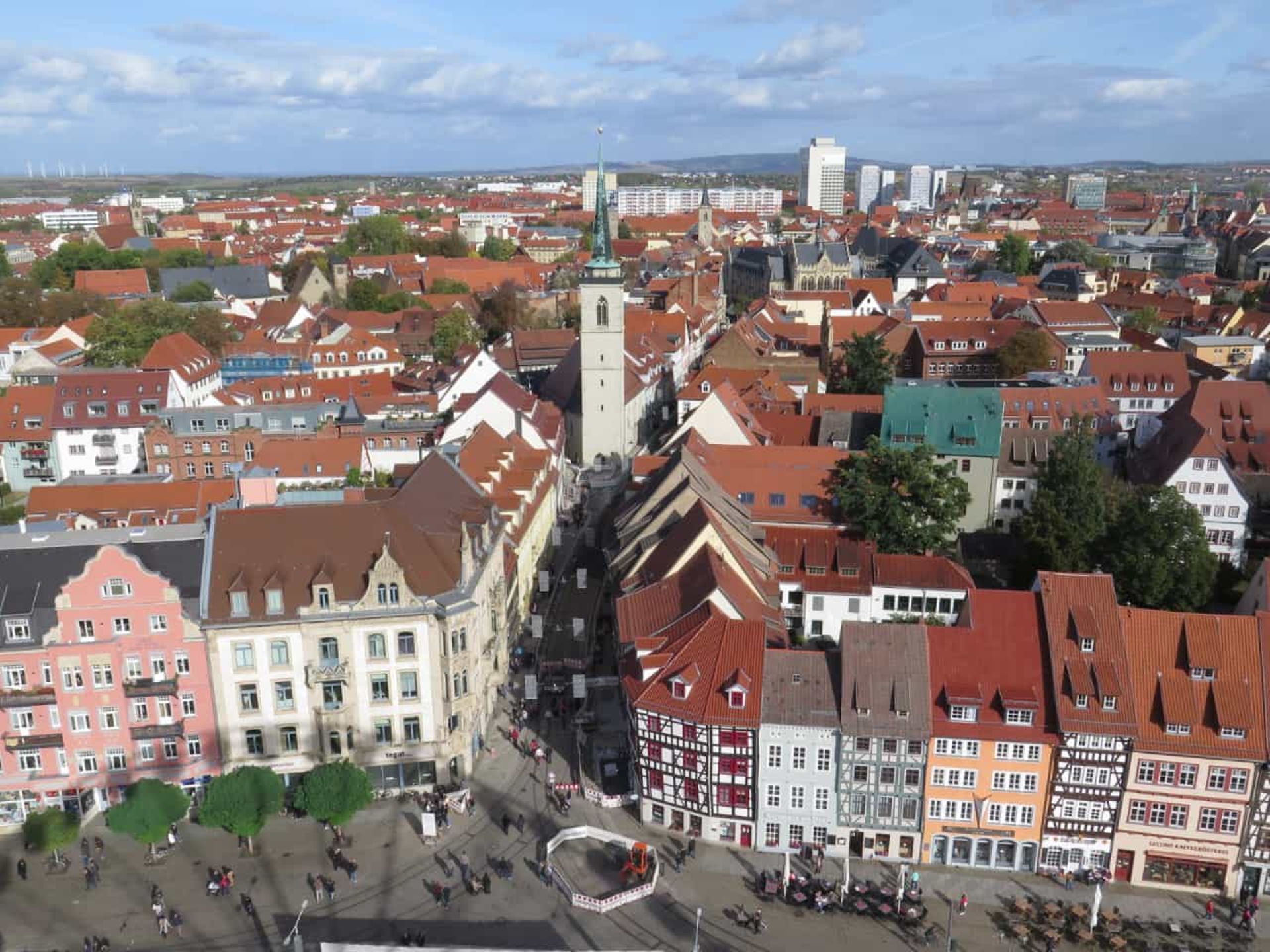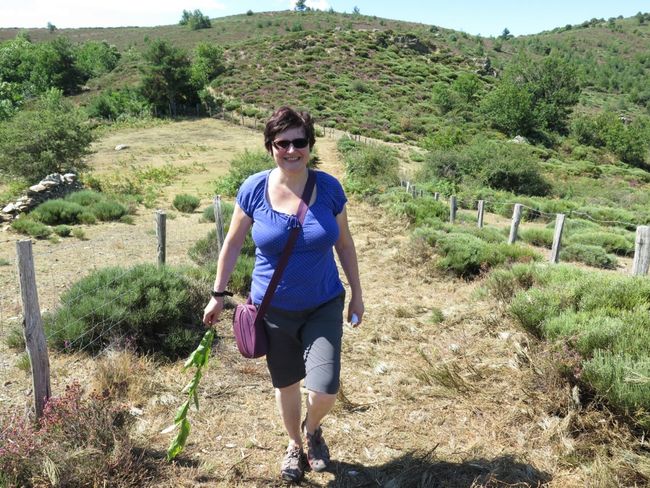
reisetante
vakantio.de/reisetante
2024 - April - Spandau Citadel with the permanent exhibition on forgotten monuments
Uñt’ayata: 14.04.2024
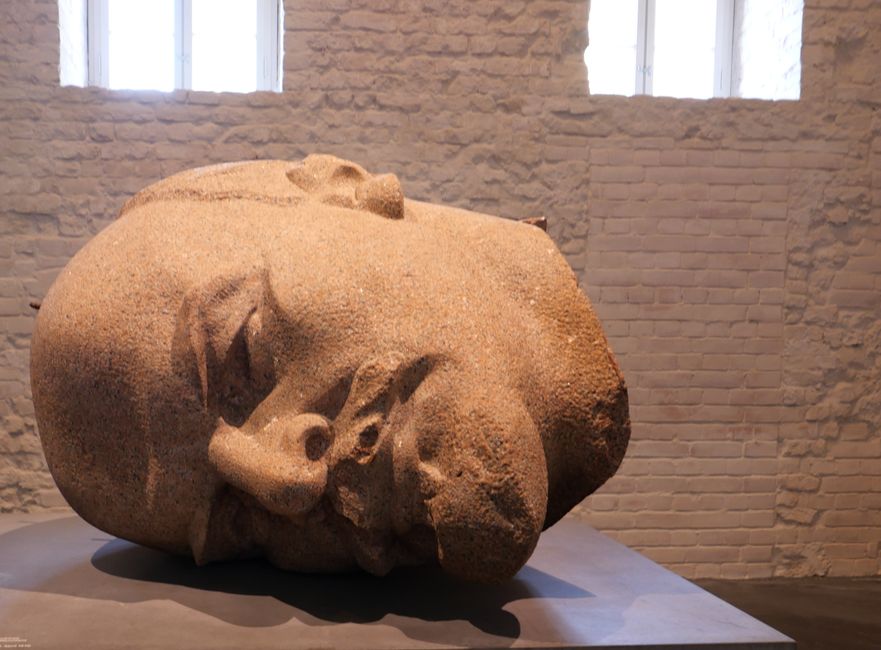
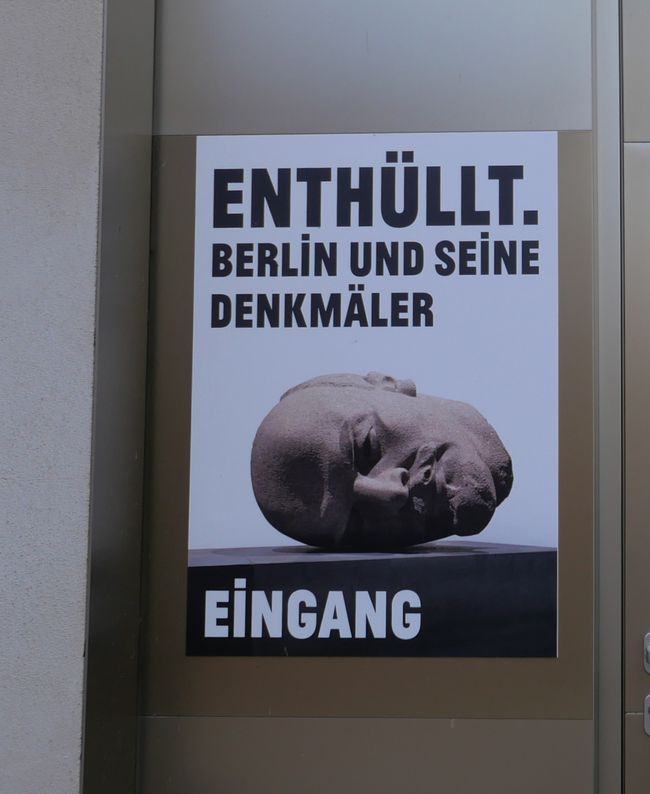
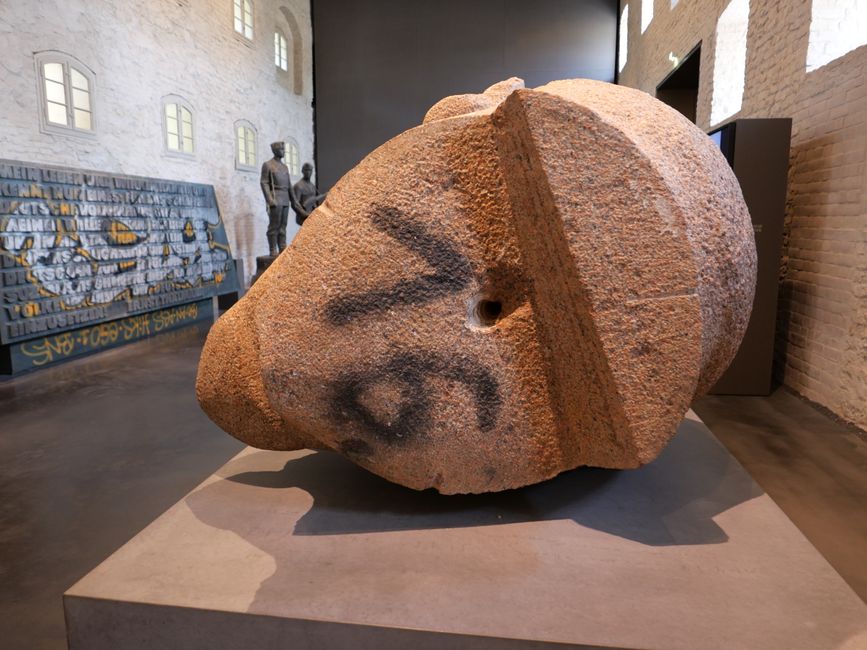
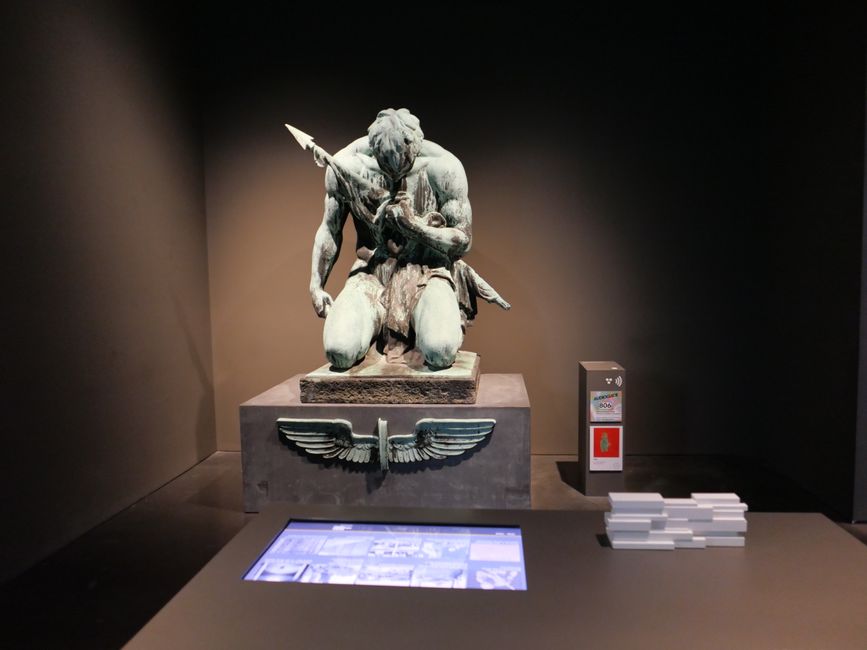
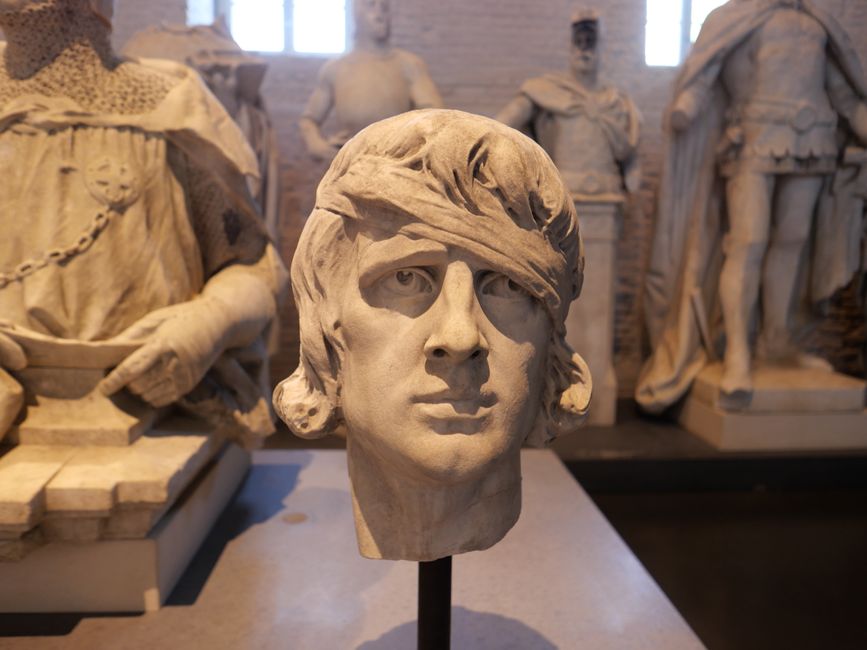
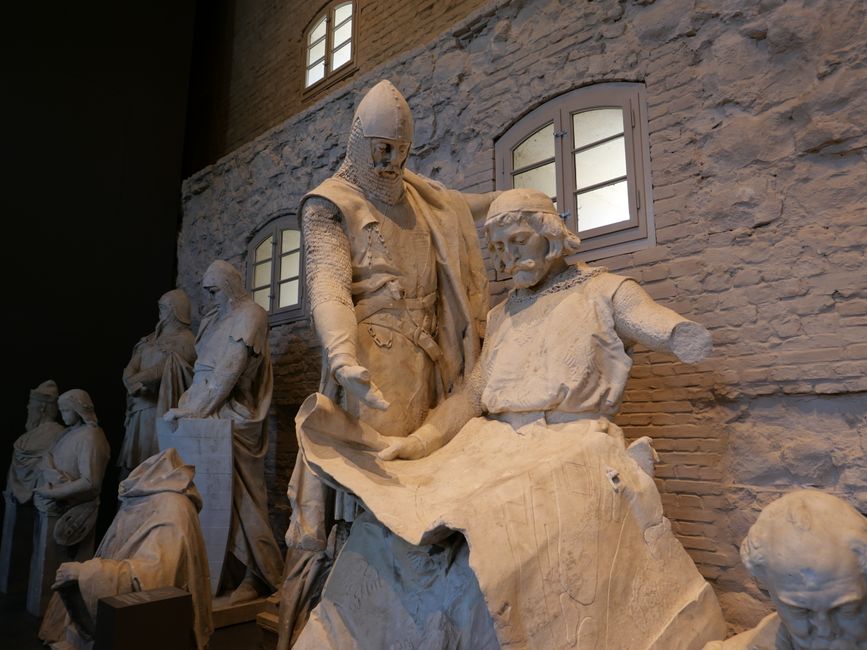
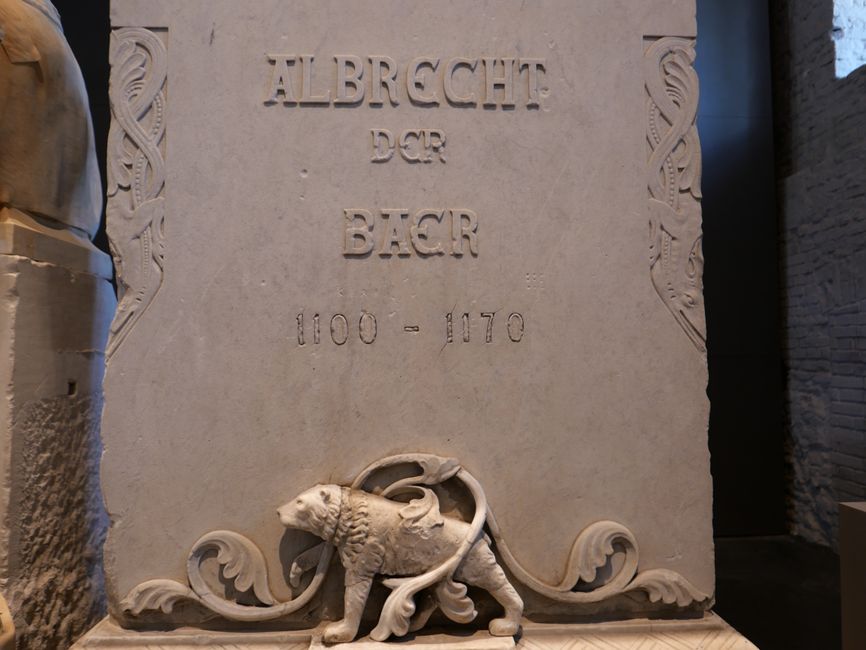
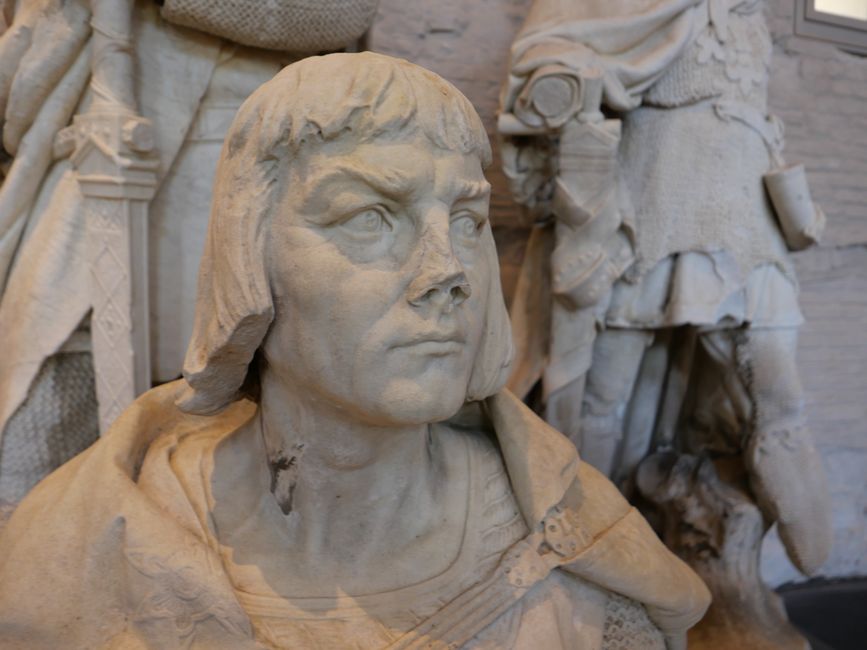
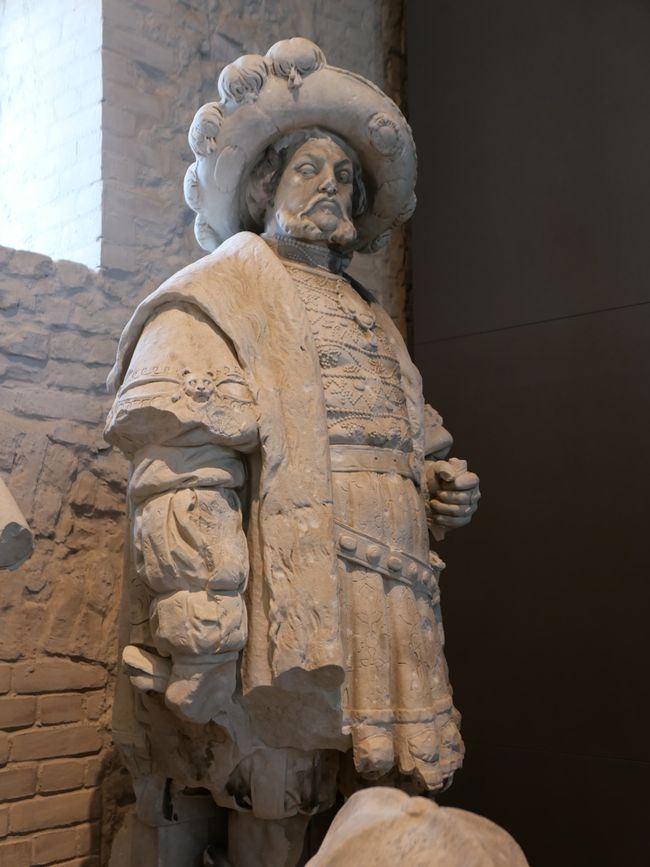


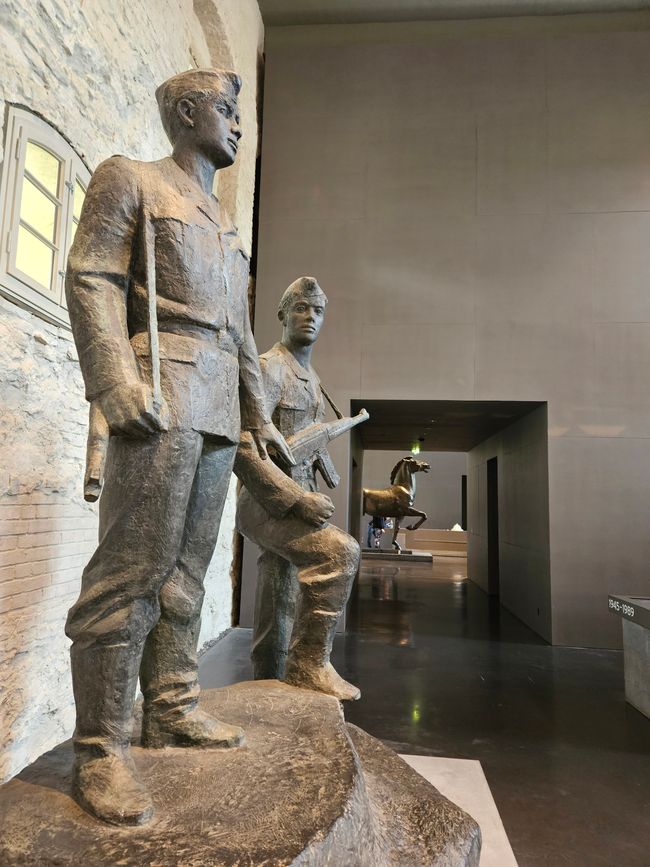
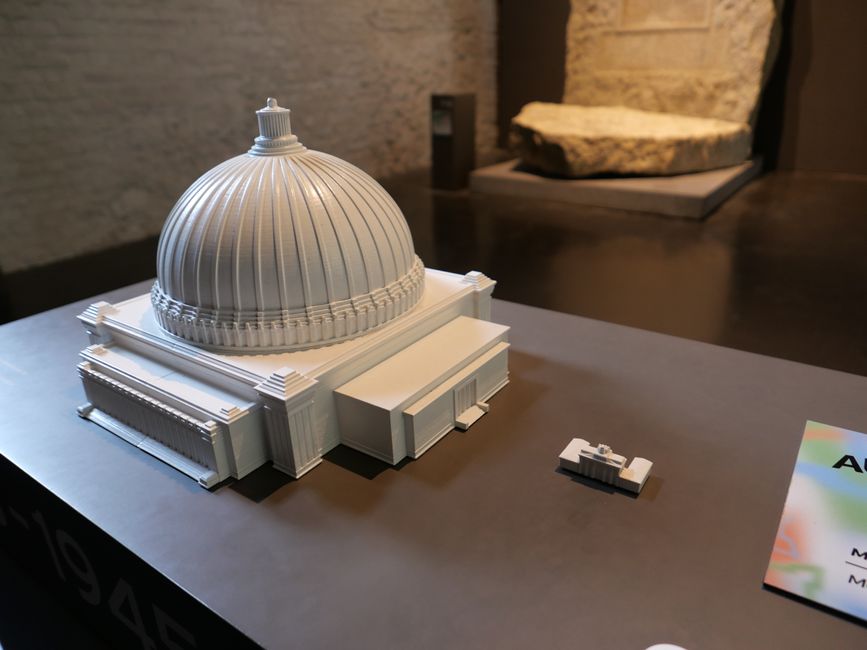

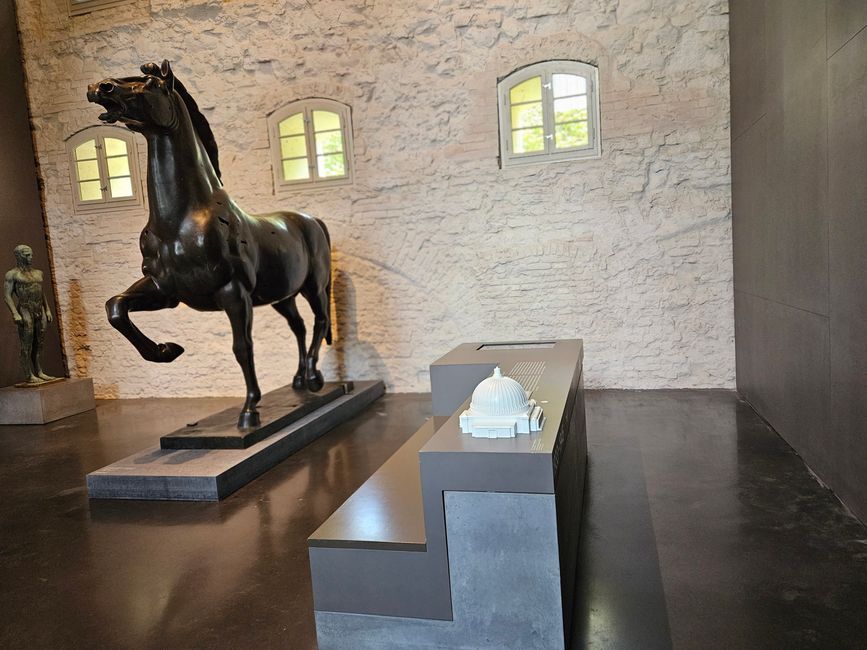
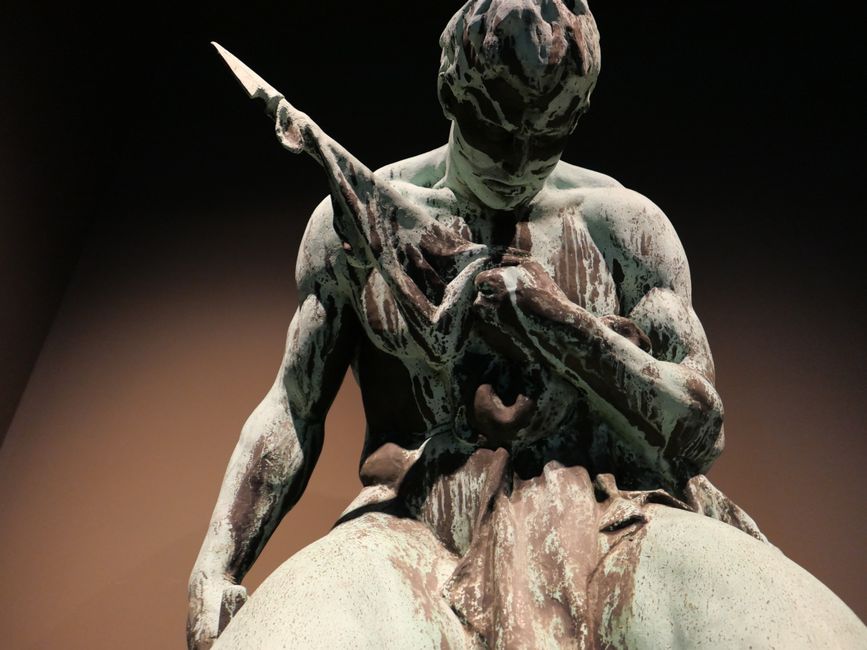
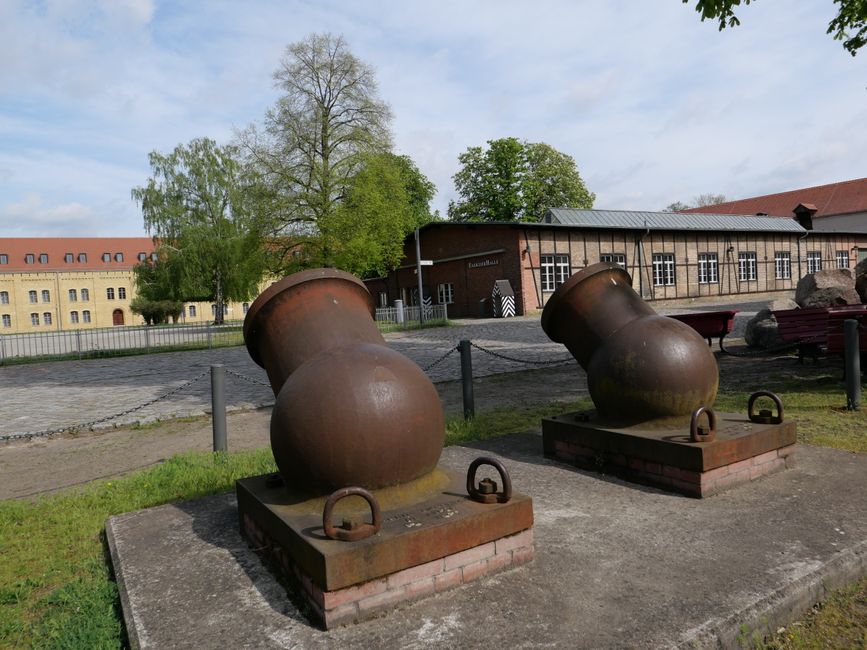
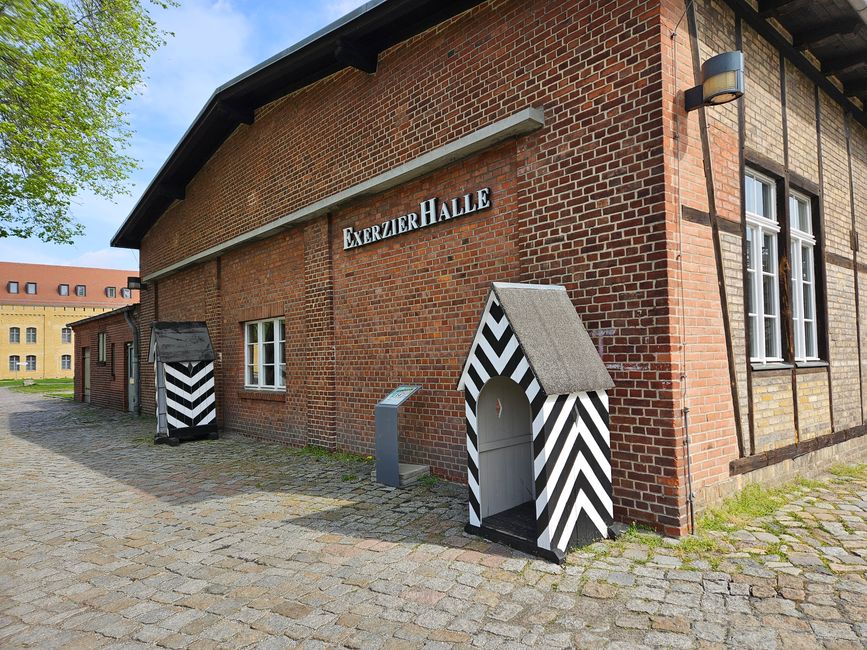

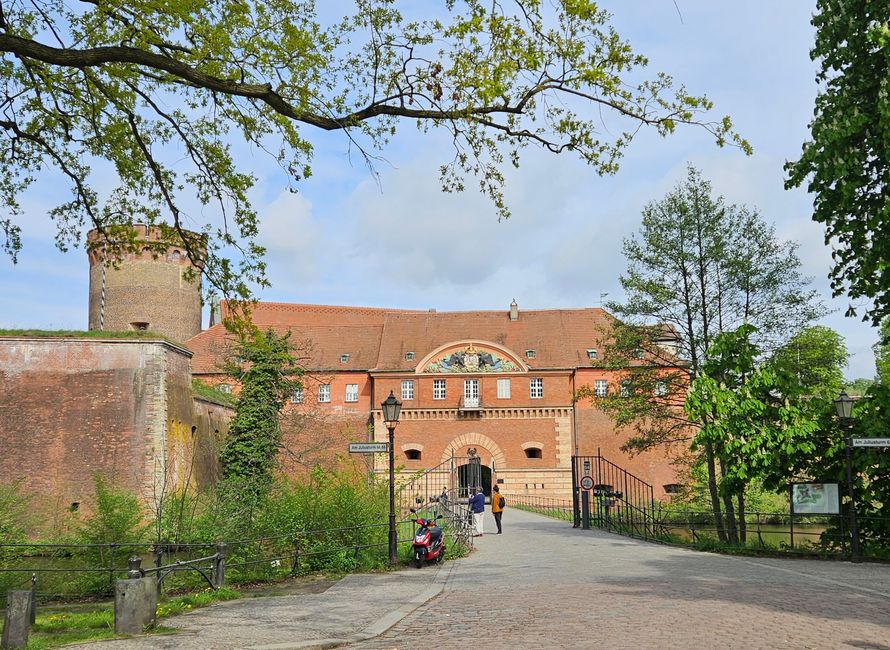
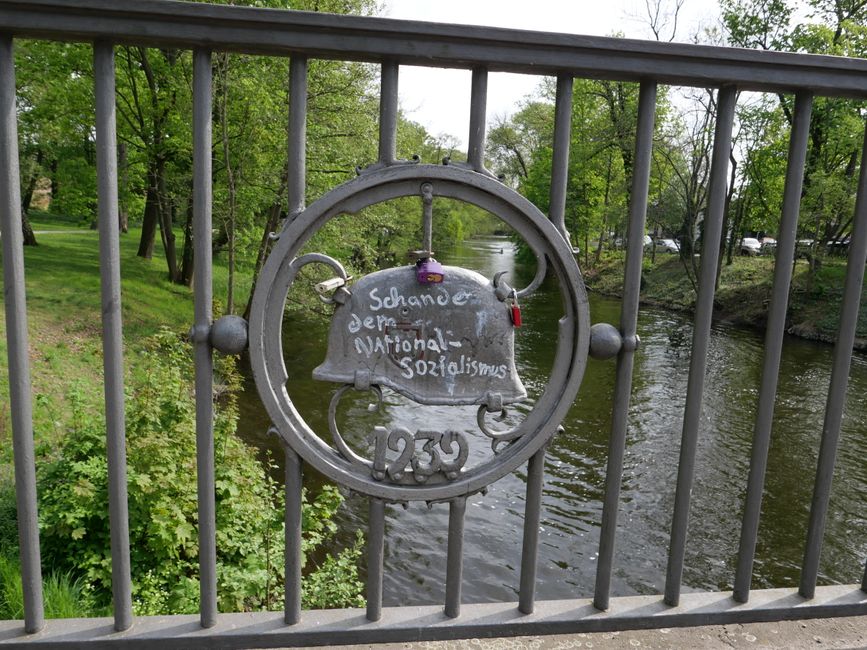

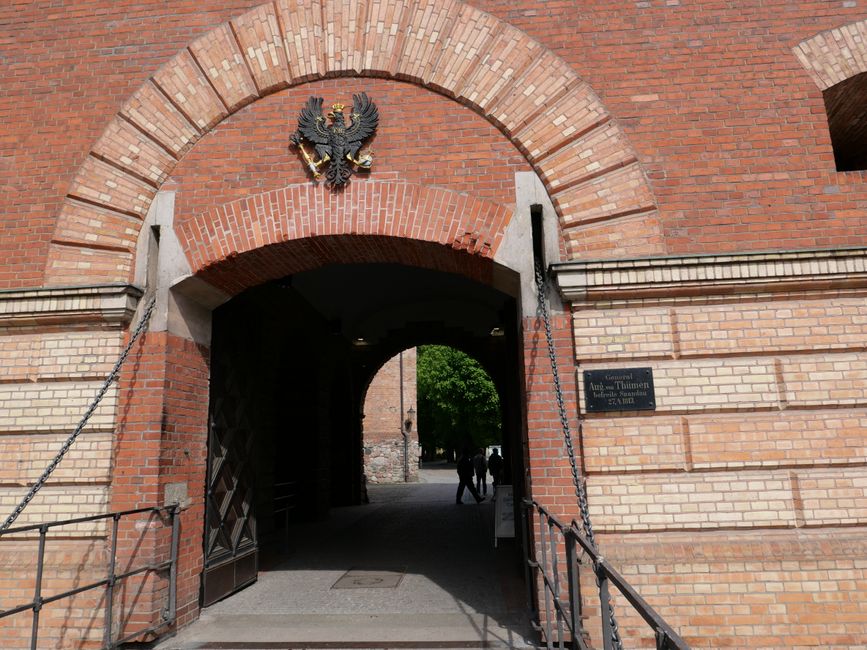
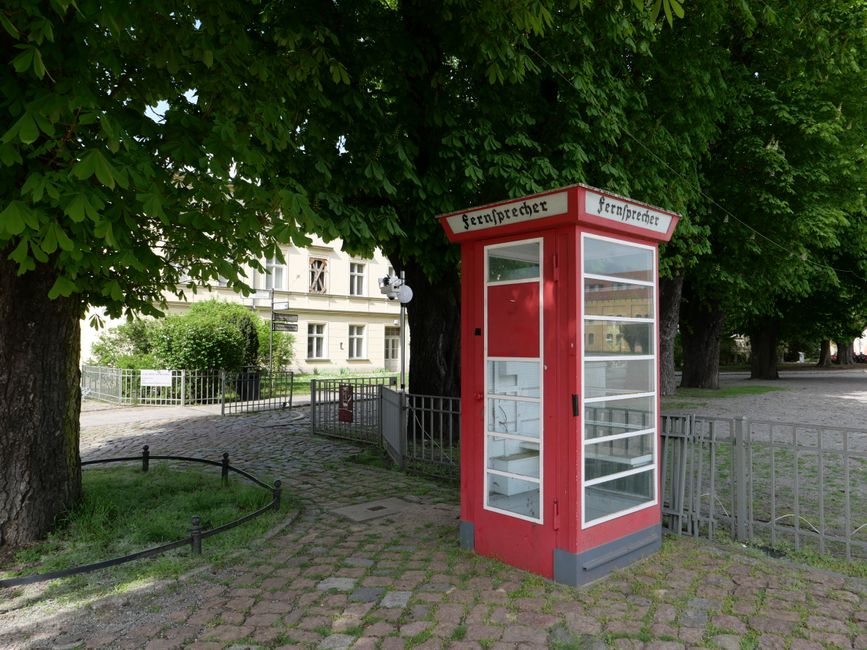
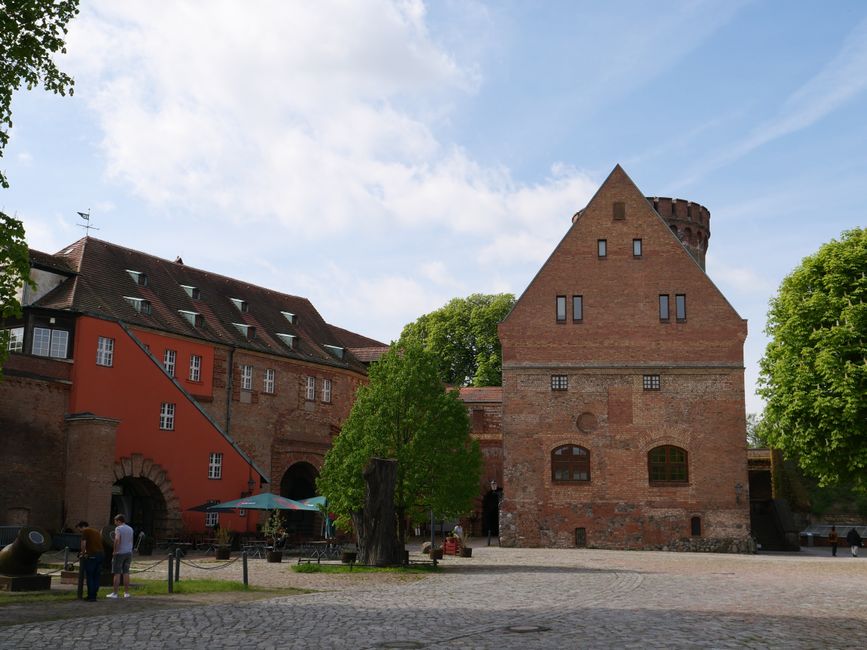

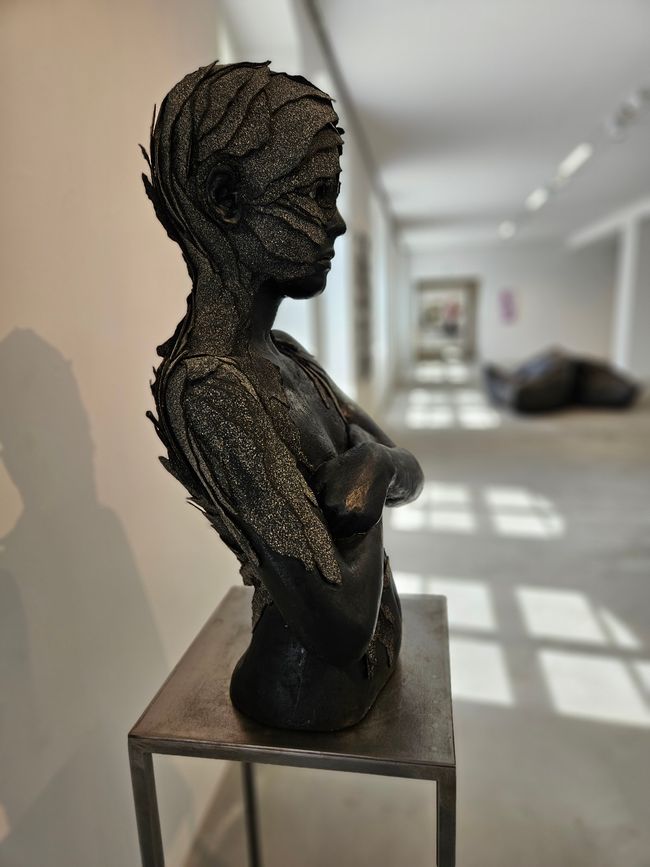
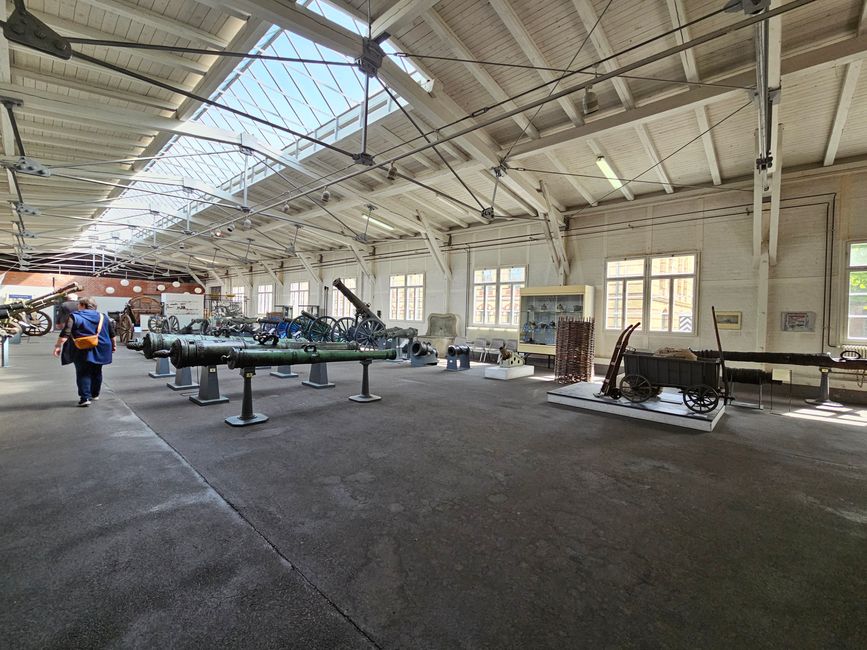

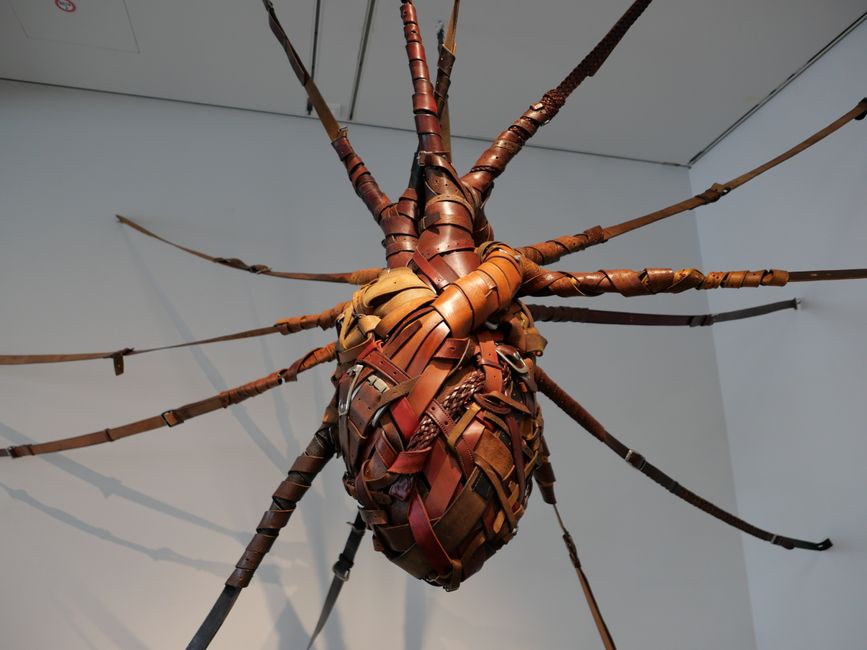
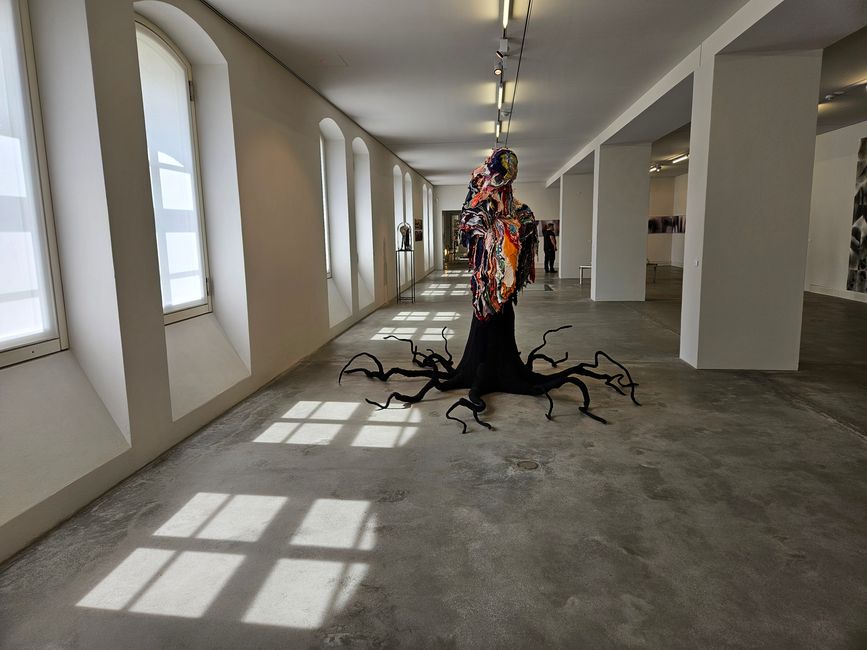
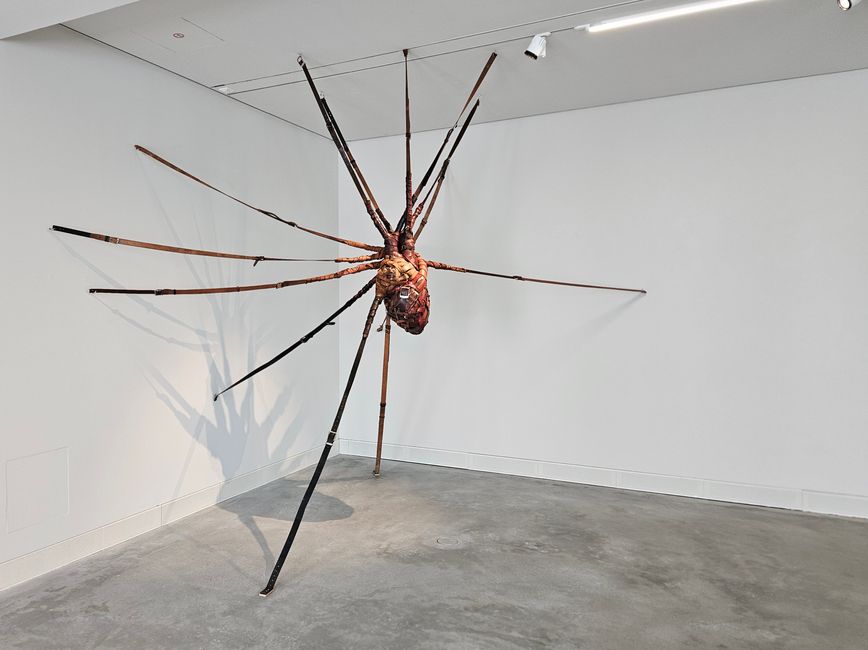
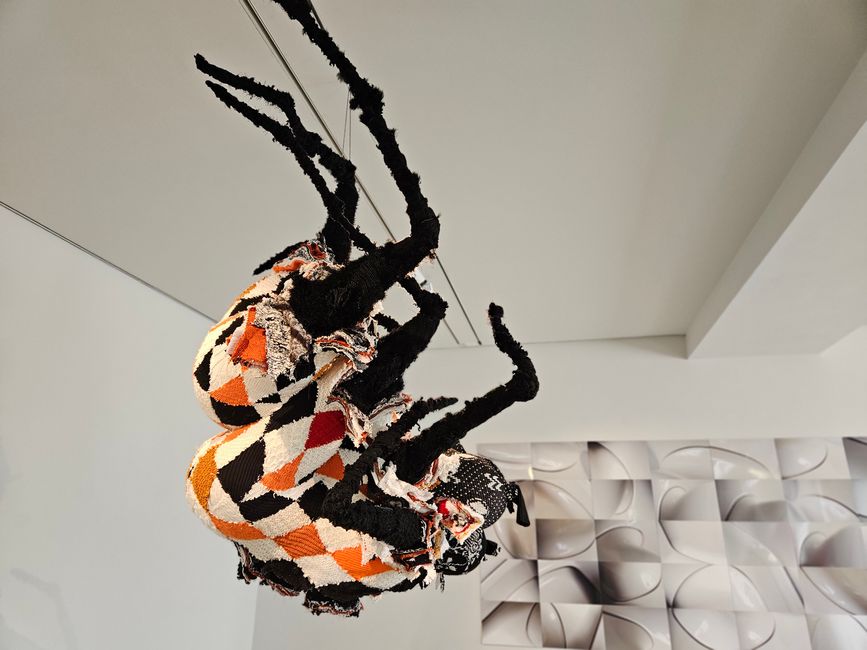
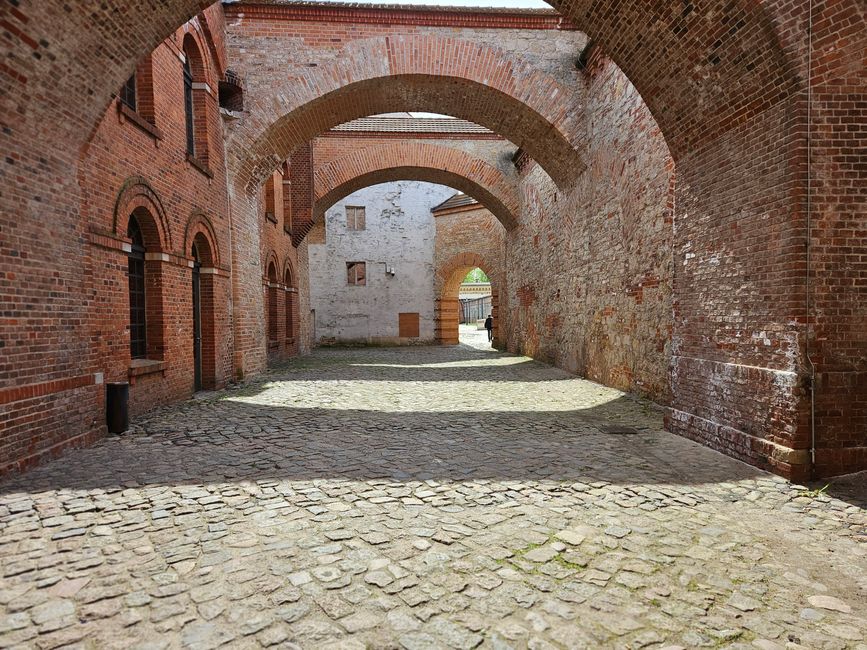
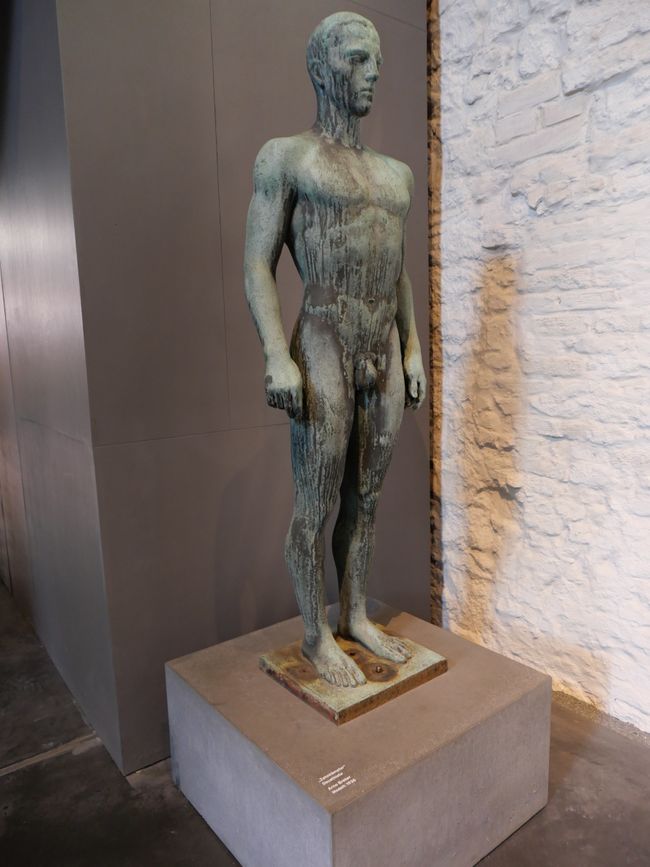
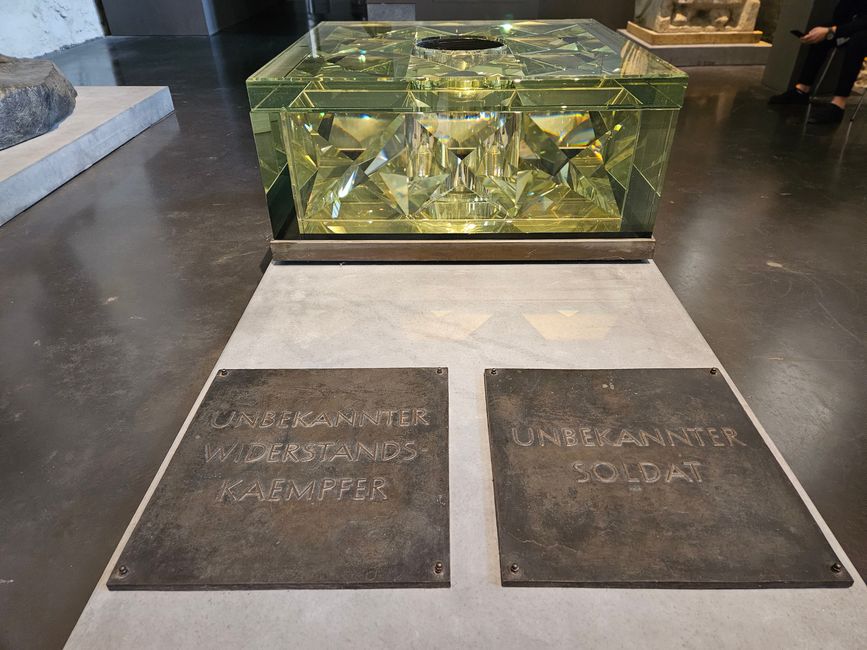
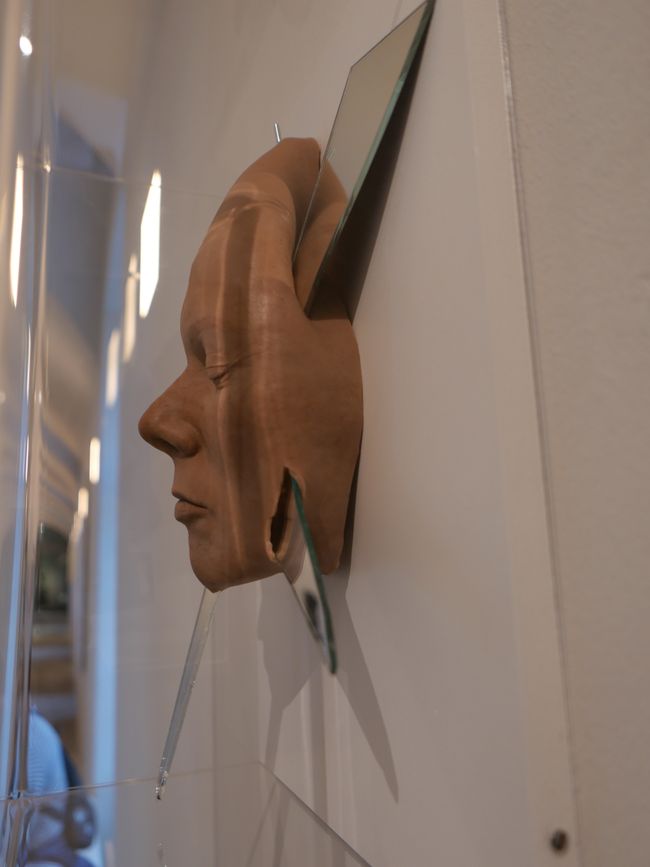
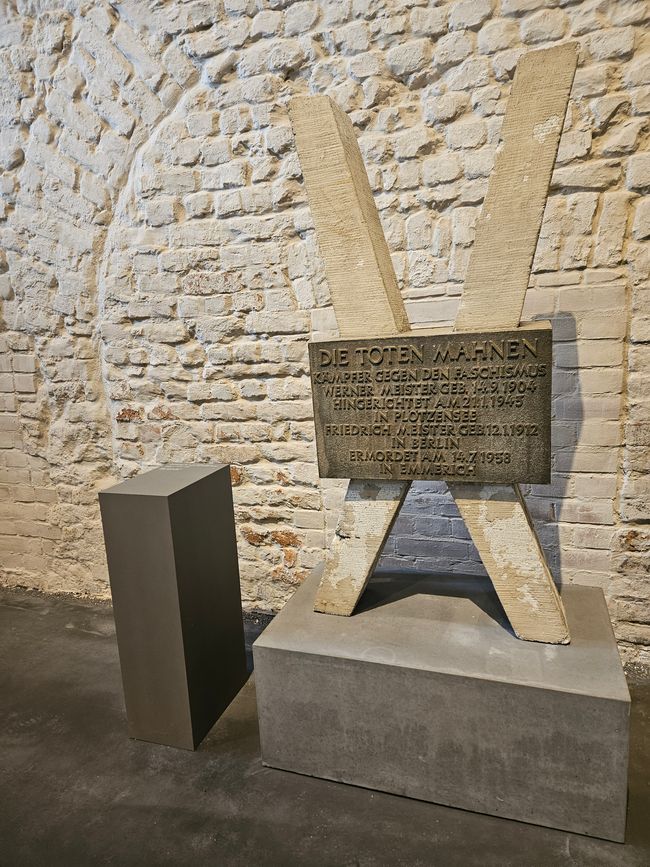
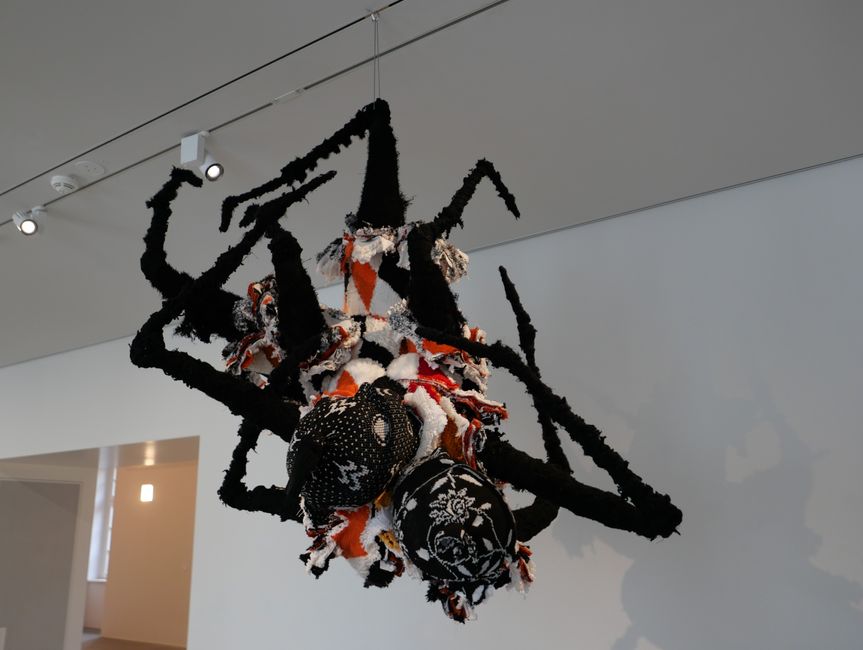
What I didn't realize until now: In the past, obsolete monuments were actually simply buried (so that they could be forgotten afterwards).
I had never really thought about what happened to them and how many of these statues there actually were. Especially in recent history there were actually a lot of them and depending on the spirit of the times they were replaced or discarded.
The Spandau Citadel's provisions store now offers them a new home in a permanent exhibition. Monuments from the period between 1849 and 1986 are on display. The exhibition thus covers the imperial era, the Weimar Republic, National Socialism and the GDR. It was during the imperial era that many historical figures were carved in stone.
The proclamation of King Wilhelm I of Prussia as German Emperor in 1871 had far-reaching consequences. Although this put an end to the small-state mentality, the population was still unsettled and often backward-looking. Wilhelm II, who was responsible for the selection of monuments, also expressed this with his selection.
For example, there was a monument ensemble in the Siegesallee with great Brandenburg-Prussian rulers of the last 1,000 years. Many of these are now in the Spandau Citadel. Generously constructed, they offer space for the statues and the visitor the opportunity to study everything in peace.
Another interesting feature is a sound and light room that almost takes you on a journey through time. For 18 minutes you can sit on a stone bench and experience a summer day in 1907 in the Tiergarten.
What was exciting for me beforehand was the question of how the museum would deal with monuments from the Nazi era. There are actually not that many. You can look at Arno Breker's "Decathlete" and learn something about the planned gigantism in architecture, but otherwise you are limited to sounds. In a pitch-black room you become aware of the war period and its horrors.
I have fond memories of the GDR era, of course, and of course I recognized Lenin's head immediately. On the back of his head is a spray-painted number 16, indicating that the monument was dismantled and stored somewhere at the time.
The fact that socialist monuments are now being shown here again shows how transient everything is, but also makes history tangible.
We found the exhibition very appealing and that is why I thought it was worth writing my own report about it.
Of course, I recommend that you take the opportunity to look at the citadel itself. For a mere 4.50 euros for adults, you can explore everything at your leisure. There are also other museums and constantly changing art exhibitions on the spacious grounds.
Jaysawi
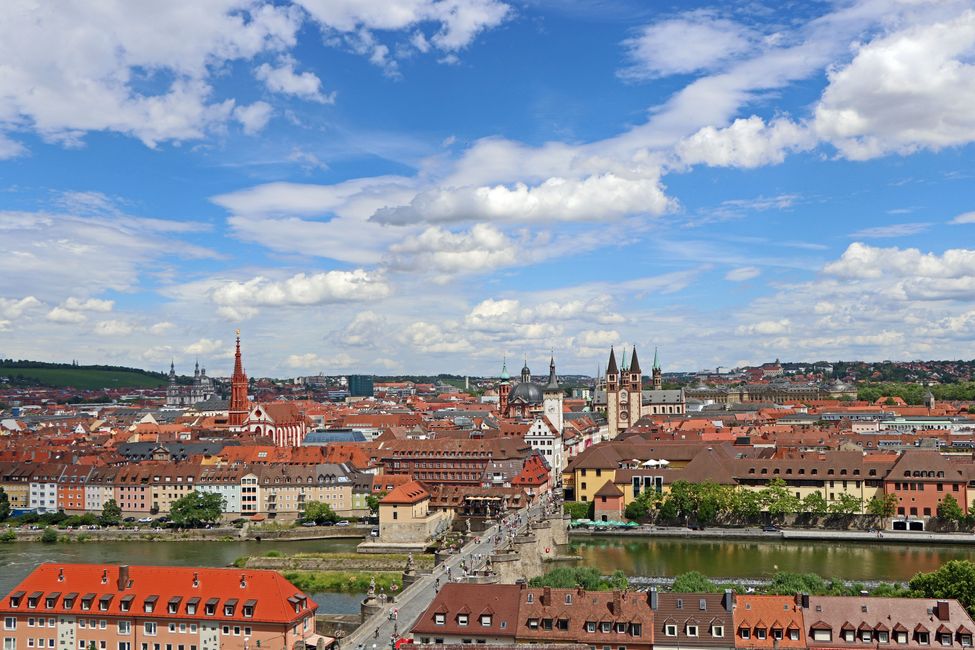
Viajes ukan yatiyawinakapa Alemania markanxa
